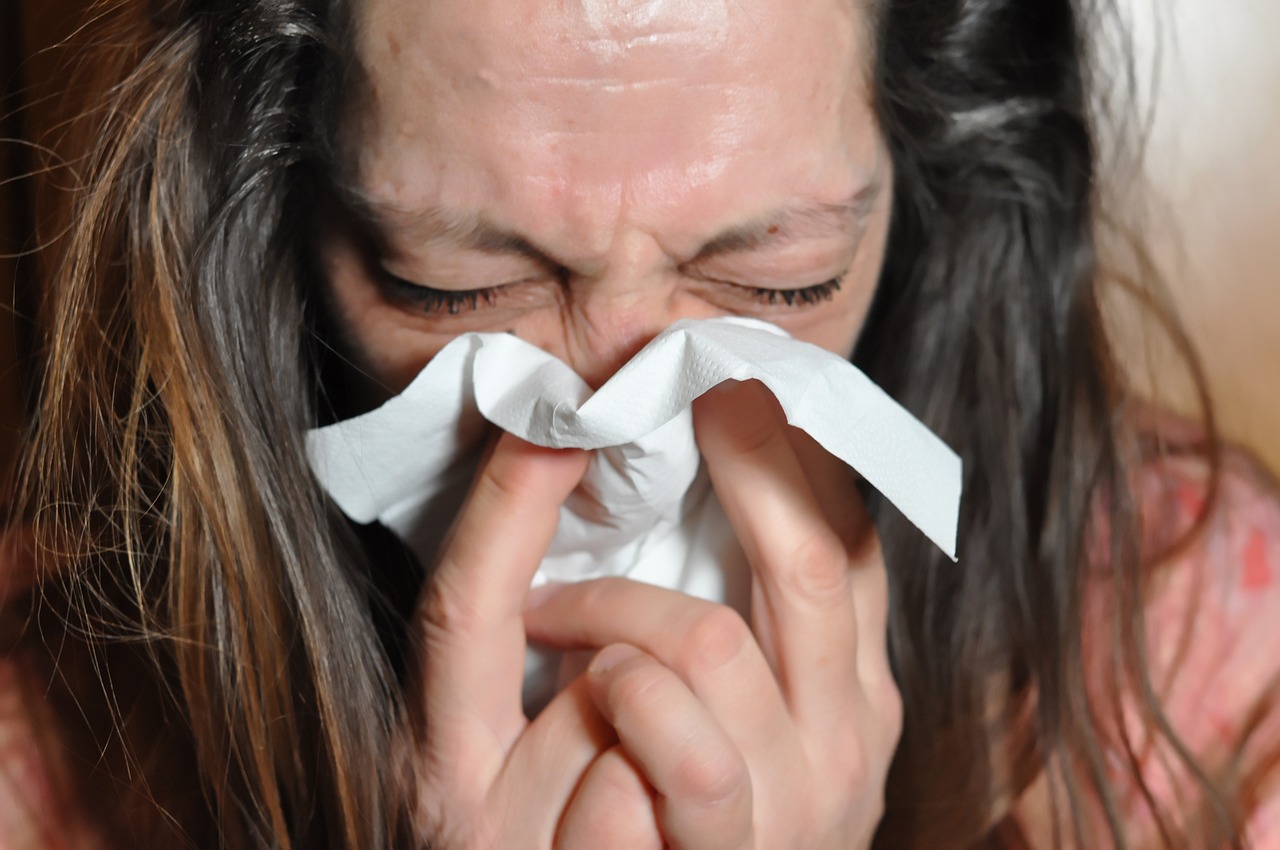By NOAH PARKER
Tiger Media Network
With the first round of snow hitting Hays the weekend after Thanksgiving break and temperatures getting progressively colder each week, Winter is just around the corner and some may be wondering how to help their odds of avoiding sickness as the holiday season ramps up.
Associate Professor of Exercise Science David Fitzhugh said there is a common misconception regarding health and cold weather that needs to be cleared up.
“The cold itself doesn’t actually cause sickness,” he said. “A lot of people have this misunderstanding probably because when we were all going up, or mommy and daddy would tell us not to go outside with our hair wet or we would catch a cold… that’s not how colds work.”
Fitzhugh continued, explaining what really happens and why it has led to this misunderstanding.
“The majority of colds come from different viruses, and those viruses need a host to transmit, so when it gets cold outside, we tend to congregate inside,” he siad. “We are in larger groups, we’re transmitting this stuff, walking around sick, coughing into our hands, touching doorknobs, and then someone else comes and touches it.”
He went on to describe how the common cold is caused by a “rhinovirus,” and that there are over 100 different types of those. But with so many opportunities to get sick, how can you lower your chances of picking one up?
“One of the biggest ways to do that and to protect yourself against getting sick, and it’s literally talked about everywhere. Wash your hands, a lot,” he said. “Try not to touch your face, eat anything, or put anything in your mouth, until you do get to wash.”
If you’re already sick, but looking to avoid spreading it to other people, Fitzhugh recommends yet another commonly talked about solution: coughing and sneezing into something.
“Napkins or crook of your elbow, because when you cough and stuff, there’s microscopic to larger water particles that get expelled, and if you happen to get close, it’s misting this area,” he said. “Then you take a breath right into your airway nasal passageways, and those particulates have the virus in them.”
Fitzhugh related it to COVID-19 and why the virus was so bad because it was spread through the air in the same way.
“You can do everybody a service, if you’re running a fever at all, stay home. It doesn’t matter [how high], stay home, nobody wants it… the fever is a tell-tale sign that the immune system is in overdrive,” Fitzhugh said.
While the common cold is indeed common, it is possible to catch worse sicknesses that are worth seeing a doctor for.
“It’s very hard to differentiate most of those. Most colds are usually up in the nasal passages, our sinuses, or throat, and our upper airway… as long as it’s up in the head area, chances are you’re going to be fine, but the second it moves down into the respiratory system, and you start really hacking and getting phlegm with your coughing, that can be viral or bacterial, and then you can end up with pneumonia,” Fitzhugh said. “When it gets to the lungs, you need to see a doctor.”
He continued to stress that, if you’re in doubt at all, going to the doctor is your safest bet. He also wanted to reiterate that all students have access to health and wellness here at FHSU, so they can go and get checked out by professionals.

